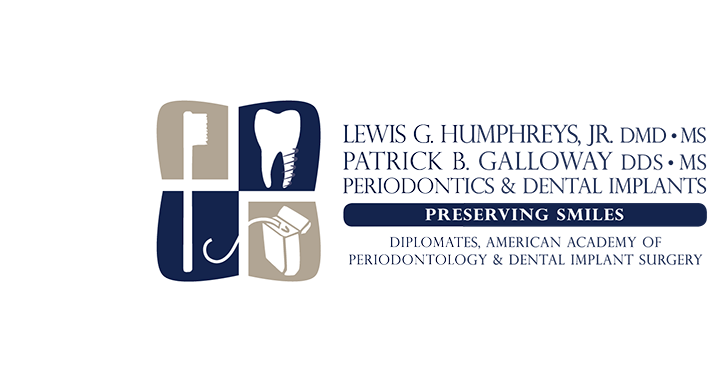Dental Implants vs. Bridges
 While a tooth supported bridge is a reasonable choice, it does have some significant disadvantages over a dental implant. For example with a three-unit bridge the enamel of the two adjacent teeth must be grinded down in order to cement the bridge in place. This process can lead to decay of those teeth. In addition, human bone needs force applied against it in order to stay healthy and in place. With a three-unit bridge, the missing tooth is replaced with a “floating” tooth suspended between two crowns called a Pontic. Because the Pontic does not apply force on the bone, the bone melts away over time. This can lead to destabilization of the adjacent teeth, hygiene issues, and cosmetic challenges. In contrast, an implant recreates the natural anatomy and applies force to the bone. This keeps the bone healthy and in place. It also allows your referring dentist the ability to leave the adjacent teeth intact. Lastly, research indicates that most tooth-supported bridges fail within fifteen years, and often sooner while most implants, when integrated, can last a lifetime. Your referring dentist and Dr. Humphreys or Dr. Galloway will work together with you to make certain you receive the best information regarding dental implants.
While a tooth supported bridge is a reasonable choice, it does have some significant disadvantages over a dental implant. For example with a three-unit bridge the enamel of the two adjacent teeth must be grinded down in order to cement the bridge in place. This process can lead to decay of those teeth. In addition, human bone needs force applied against it in order to stay healthy and in place. With a three-unit bridge, the missing tooth is replaced with a “floating” tooth suspended between two crowns called a Pontic. Because the Pontic does not apply force on the bone, the bone melts away over time. This can lead to destabilization of the adjacent teeth, hygiene issues, and cosmetic challenges. In contrast, an implant recreates the natural anatomy and applies force to the bone. This keeps the bone healthy and in place. It also allows your referring dentist the ability to leave the adjacent teeth intact. Lastly, research indicates that most tooth-supported bridges fail within fifteen years, and often sooner while most implants, when integrated, can last a lifetime. Your referring dentist and Dr. Humphreys or Dr. Galloway will work together with you to make certain you receive the best information regarding dental implants.





